What to see in the night sky in June
Grab a blanket and get ready to kick off a summer under the stars.
The night sky in June holds a few fun surprises for those willing to throw down a blanket and look up. (Photo: Bureau of Land Management/flickr)
Welcome to June, a glorious month filled with the sweet fragrance of flowers, BBQs, long days and short evenings. It's also the start of summer, offering those interested in gazing up at the night sky an opportunity to do so with little more than a blanket or lawn chair. Check out our list below for some highlights to catch in the skies above this month. Wishing you clear evenings!
Arietids Meteor Shower (June 7-8)

The Arietids will peak during the daylight hours, but they may still produce some beautiful shooting stars for early risers. (Photo: Robert Emperley/flickr)
With a peak display of more than 60 shooting stars each hour, the Arietids are one of the best meteor showers of the year. There's only one problem: they're nearly impossible to see. Unlike the Leonids or the Perseids, the Arietids are one of a few meteor showers that peak during the daylight hours.
Despite the sun obscuring much of the Arietids' fiery display, there's still a chance to catch some before sunrise on the mornings of June 7 and 8. And if waking up early to see shooting stars is disagreeable, why not try hearing them? The Arietids are also known as a "radio shower" due to the way their intense speed (upwards of 75,000 mph) through Earth's atmosphere creates whining radar echoes. According to NASA, you can listen to them burning up by simply using a ham radio.
The new moon supermoon! (June 13)
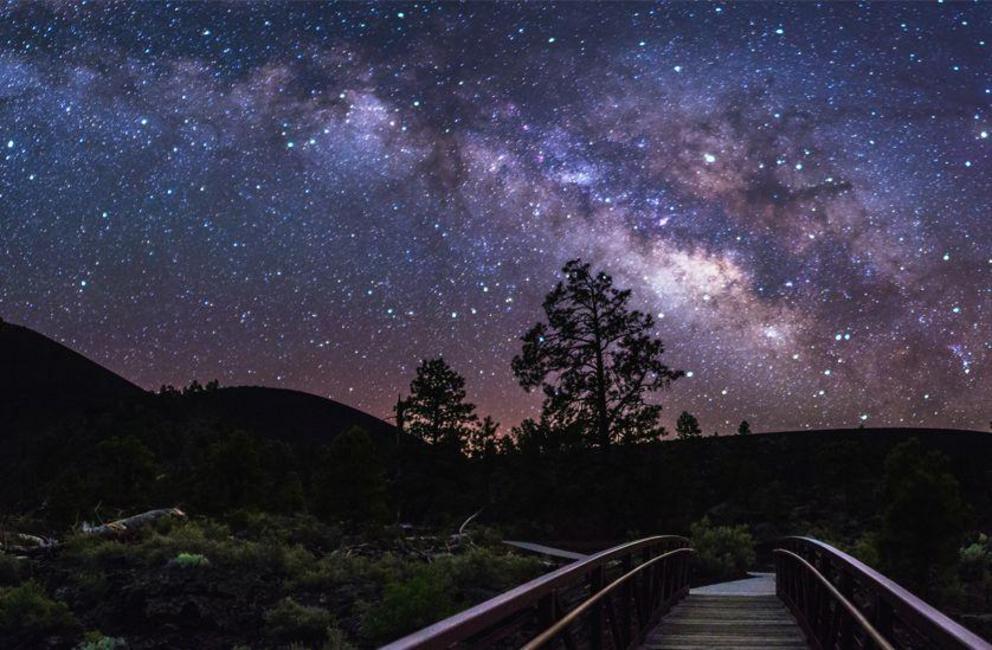
The arrival of the new moon on June 24 will provide dark skies for clear views of the heavens. (Photo: Coconino National Forest/flickr)
Despite June's short nights, the arrival of the new moon on June 13 will still present a wonderful (and warm) opportunity to sit outside. For some, those dark evenings will also be complemented with flights of beautiful firefly displays on the ground.
June's new moon also has the honor of being one of a handful of supermoons for 2018. Because new moons rise and set with the sun, as well as show their dark side to the Earth, it's virtually impossible to see them even when they're at their closest to the Earth (or within 224,000 miles). According to EarthSky, however, if conditions are just right, you might be able to spy the new moon supermoon (also known in this case as a "young moon") briefly after sunset on June 14.
Rise and shine for the year's earliest sunrise (June 14)
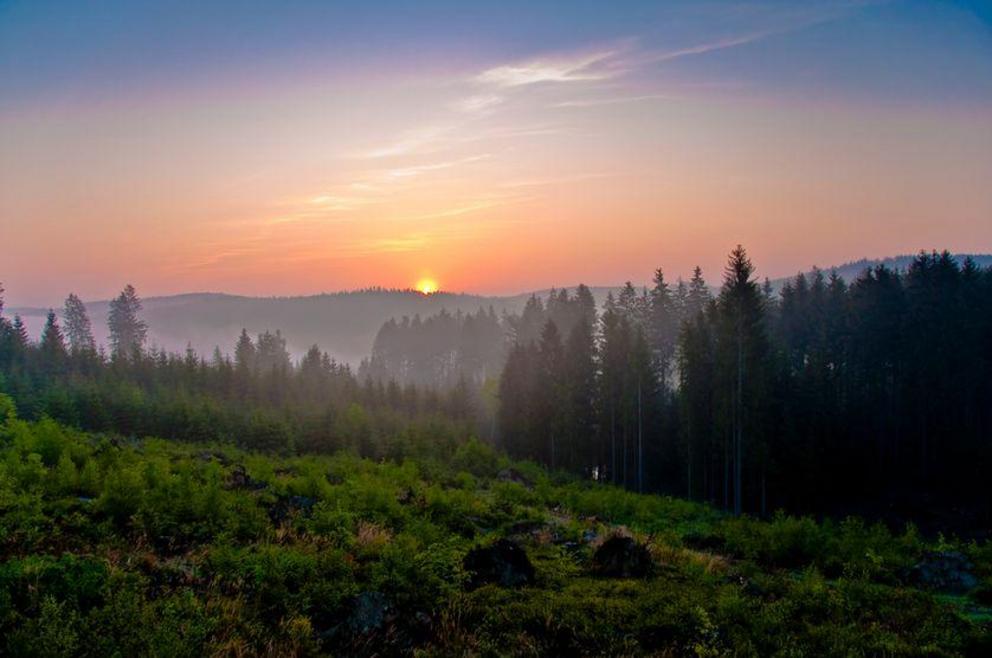
Early birds will appreciate the year's earliest dawn. (Photo: Victor Bergmann/flickr)
While the summer solstice on June 21 is the longest day of the year, it's not the one with the earliest sunrise. What gives? There are a variety of factors that influence this quirk involving the speed and slightly elliptical path of Earth's orbit around the sun and the tilt of its axis. The math all adds up to make the earliest sunrise about a week before the summer solstice and the latest sunset about a week after. The exact date of this depends on what latitude you reside on. So, for instance, if you reside in the mid-northern latitudes in the Northern Hemisphere (Philadelphia, Pennsylvania, or Boulder, Colorado), you could expect the earliest sunrise of the year to occur on the June 14 at 5:31 a.m.
Either way, it's yet another reminder of the spectacular early morning dawns that dominate all of June as we make the transition back to shorter days.
Summer Solstice (June 21)
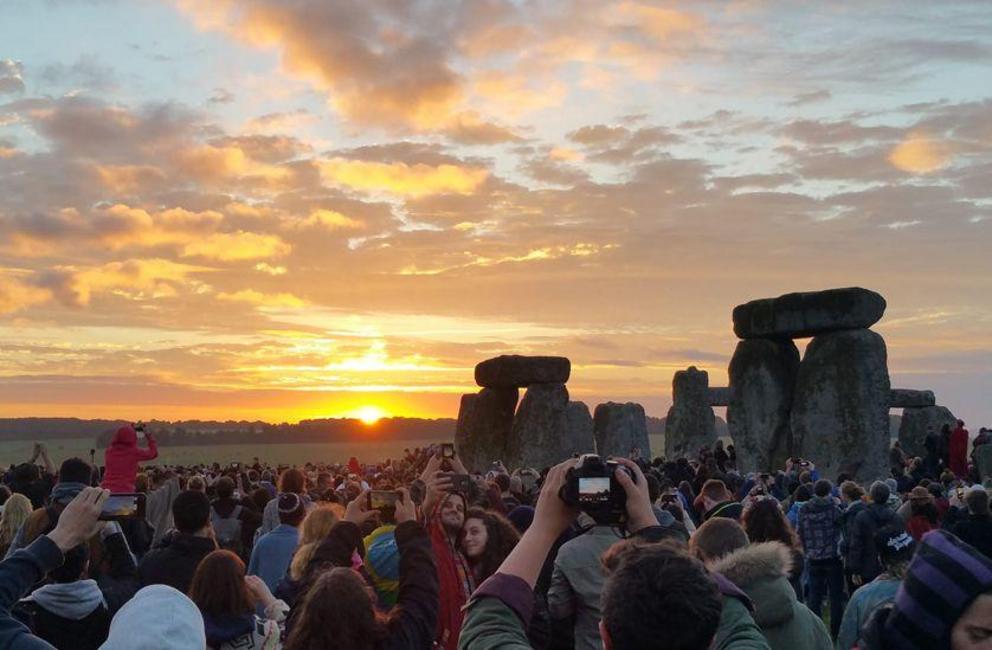
Crowds greet the summer solstice at Stonehenge in the United Kingdom. (Photo: Stonehenge Stone Circle/flickr)
At 6:07 a.m. EST, the Northern Hemisphere will experiences its greatest tilt towards the sun and enjoy both its shortest night and longest day of the year. In the U.S., this means a sunrise around 5:27 a.m. and a sunset near 8:43 p.m. The official start to summer in the Northern Hemisphere, the event also marks the longest night of the year and start of winter for the Southern Hemisphere.
The event, however, is bittersweet as it marks the slow progression back towards winter and a loss of more than six hours of daylight by Dec. 21. In other words, get out there and enjoy this most festive, warm, and well-earned longest day of the year!
The Strawberry Moon (June 28)
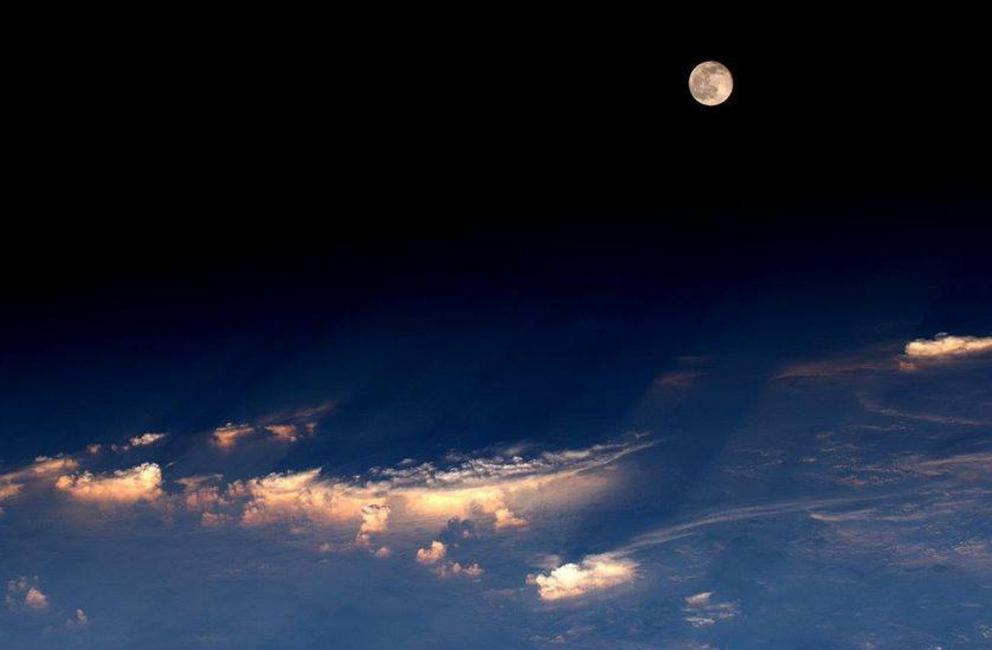
The full moon as captured from the International Space Station on June 21, 2016. (Photo: NASA/flickr)
June's full moon will arrive in the early morning hours of June 28 at 12:53 a.m. Like other monthly lunar cycles, this moon is so-named by Native Americans for its timing with ripening strawberries. It's also known as the Green Corn Moon and the Honey Moon (due to the first spring crop of honey from hives across the Northern Hemisphere.)
A bright and full Saturn (June 27)
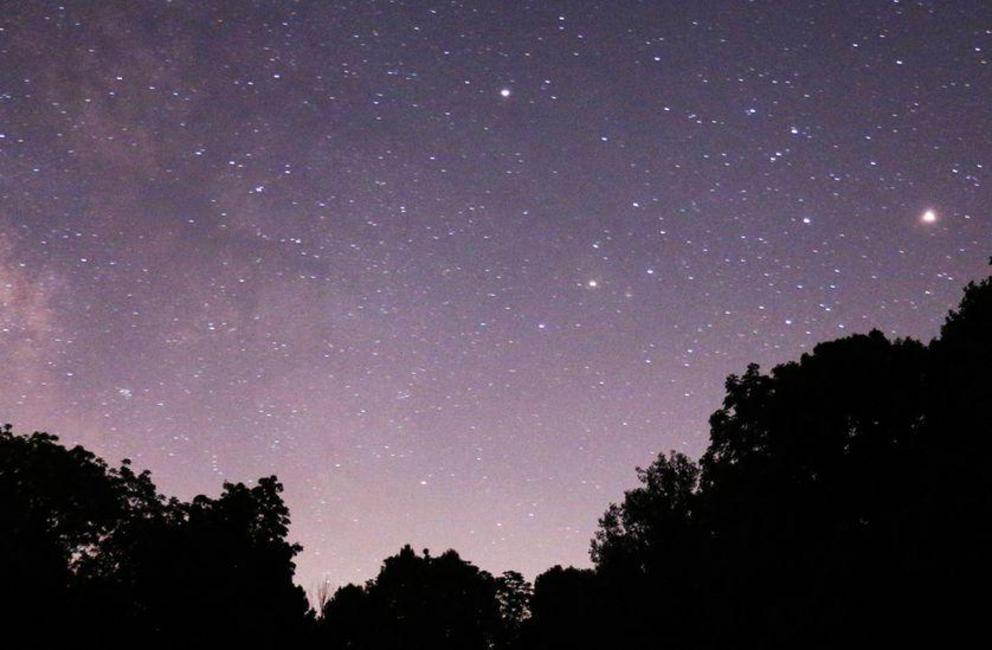
Saturn appears in the upper center of this photo, with an orange Mars shining bright to the right. Just below Saturn and to the right is the star Antares. (Photo: Glenn Marsch/flickr)
On the evening of June 27, Saturn will be at its brightest and closest position to Earth. Known as opposition (because the planet will appear opposite the sun in our sky), Saturn's golden color will shine as bright as any of the brightest stars in the evening sky.
To spot it, look for it from dusk til dawn near the bright star Antares in the constellation Scorpio. While the other nearby stars will twinkle, Saturn's glow will be steady. To see the rings the Cassini spacecraft is currently diving through on its eventual collision course with the planet, grab a small telescope.
Bootids Meteor Shower (June 27)
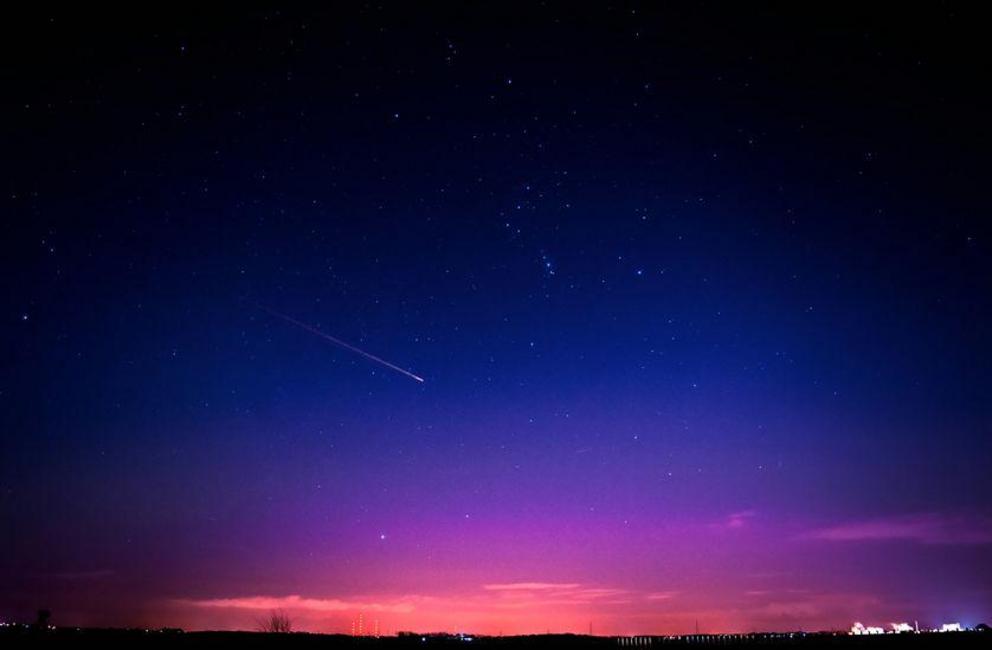
The Bootids may only send a handful of shooting stars our way. (Photo: Kev Haworth Photography/flickr)
The end of June brings the return of the Bootids meteor shower, an annual event that (thankfully) can be enjoyed during the evening hours. Well, "enjoyed" may not be the right word, as the Bootids are notorious for having extremely weak displays, with as little as two to three shooting stars per hour. The reason they're worth mentioning at all is because some years, they've littered the sky with streaks of light.
On June 27, 1998, as many as 100 meteors per hour fell over the course of the seven-hour event. According to Spaceweather, similar outbursts occurred in 1916, 1921 and 1927. Could 2018 join that historic group? To give the Bootids a shot, look towards the constellation Bootes, which lies to the left of the Little Dipper.

